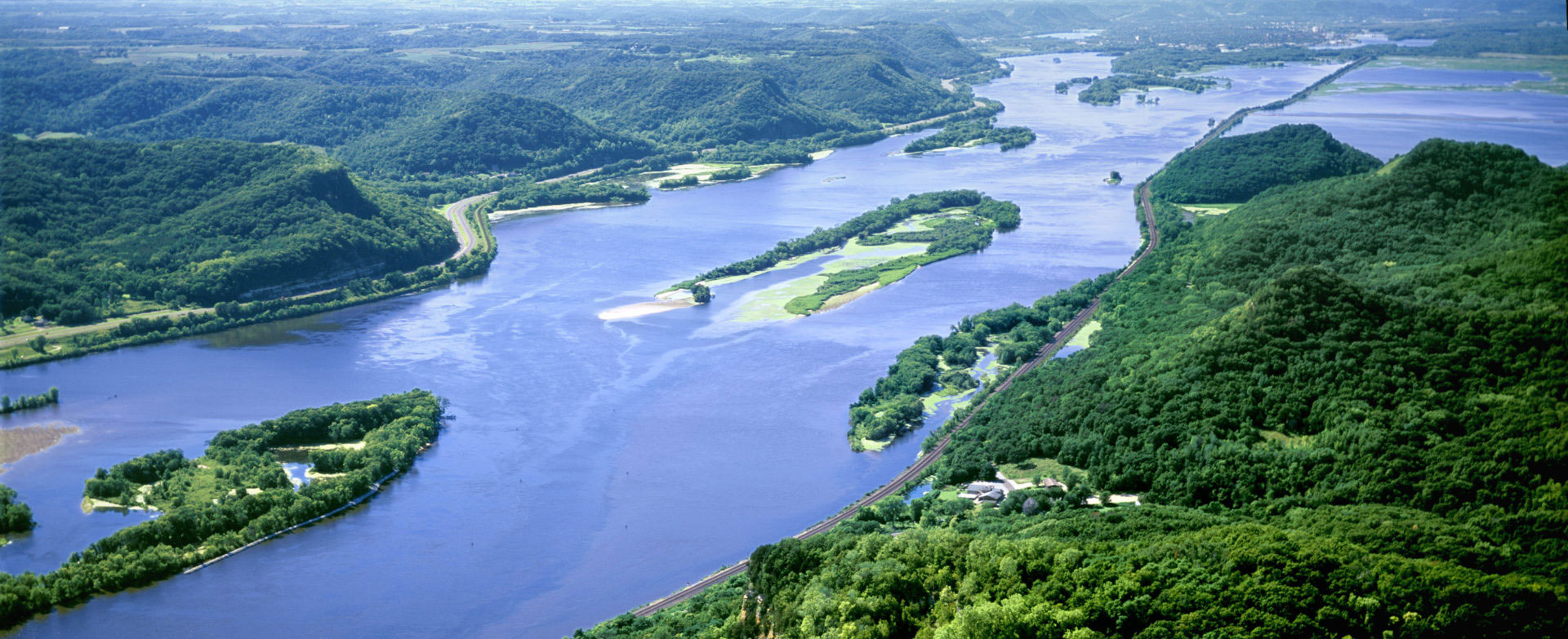
by Peter Senge
Stepping into a room with no lights, you take very small steps. Steeped now in the idea that complex systems are inherently uncertain, the team avoided the standard approach of explicit objectives and rigid strategies and instead identified initial “probes,” places where they could focus action and learn. “The next phase,” said Glendening “was about what we would now do within the areas of greatest leverage.” The initial probes represented, simply, “best next steps” and were identified in another St Louis meeting in January of 2016. Tabas characterized the meeting as “a real decision point – where they had to agree on “what would we be executing together over the next few years – What is it time for now?” With a picture of a “bull’s eye” on the wall, they talked about best next steps , aligned with the levers over the next 18 months that could then support a subsequent stage from 2017-2025, and explicitly thought through the “learn and adjust” phase bridging the two.
“The probes represented a very different approach from having a complete plan to solve the problem,” said Reuter. “It liberated them from tedious, linear multi-year planning processes where certainty was assumed yet in actuality did not exist,” says Murray Allen. “We’d open up a space for people to try a probe, and we began to feel safer with trying them,” said Smith. None of this would have been possible had the team not started “to feel more comfortable with ambiguity as regards such a complex, multi-faceted system.”
Several of the probes followed from the lever to prioritize key geographies, including the Wabash and the Illinois river basin, the second largest river source of nutrients. But then another emerged for totally different reasons, the Atchafalaya swamp in Louisiana, the largest wetland basin in the US and a key in ‘cleaning’ or soaking up nutrients from the Mississippi on its way to the Gulf.

Lake Martin, near Lafayette, Louisiana. Photo credit: © Carlton Ward Jr.
Initially, everyone was focused on river sources of nutrients and all the data was organized around the nutrient runoff by rivers entering the Mississippi upstream. Keeping the Gulf team connected was important, and “it was beginning to feel like this would be an upper Mississippi focus only – the exact dilemma they faced in the earlier St. Louis,” said Murray Allen. At the end of the day, Reuter reached out by phone to Bryan Piazza, Director of Freshwater and Marine Science in Louisiana. The next morning, Reuter came in saying, “I learned something last evening and I want to make a proposal in terms of our probe target areas. According to Bryan’s data, expanding the Atchafalaya’s capacity to ‘sponge up’ nutrients is at least equal to the impact of cleaning up the Wabash River.” Not only did restoring the Atchafalaya quickly become another probe, the whole incident showed how “real time openness and curiosity,” as Murray Allen put it, were enabling them to “access the wisdom of diverse players in very different parts of the TNC system.” The one river vision was becoming a real force in building a larger team.
Another probe was focused on supporting a major policy initiative in Missouri to fund create a “water fund” that would be a national leader in approaching water use in a more integrative way . The ballot initiative passed and the TNC state chapter was assisted by other states and World-wide Operations, another ‘all hands-on deck’ story where executing the probes brought new levels of resource sharing. The whole system fundraising lever became the focus of the fifth probe.
Though the probes served to build momentum, still there were some qualms. “The probes are great, but I was worried (if they were) our best possible measuring stick,” says McLane. “This is because I want to see progress at scale. Eventually I came to see that the most important measure of MsB progress was our level of engagement and how we could work together differently and unleash energy that was simply not present in our old way of working.” In this sense, McLane raises a legitimate concern: if the energy and aspiration of MsB project might be lost over time with too much focus on concrete accomplishments in the probes? “Bigger plays could be made when we were breaking down walls and learning together.”
The final report shared in Tampa in February, 2016 attracted still more TNC staff and key partners and opened with a sobering assessment of the path forward: “In order to achieve meaningful change and conservation at scale, we will have to collaborate more, communicate more and commit to a continual process of testing, learning and adjusting over a longer time horizon than TNC may have been used to in the past.” It then added, in direct contrast to TNC’s historic focus on conservation metrics, “We believe that these behaviors are indicative of the institutional evolution we’ve been discussing from the start – and will at some level be our measures of success.”
